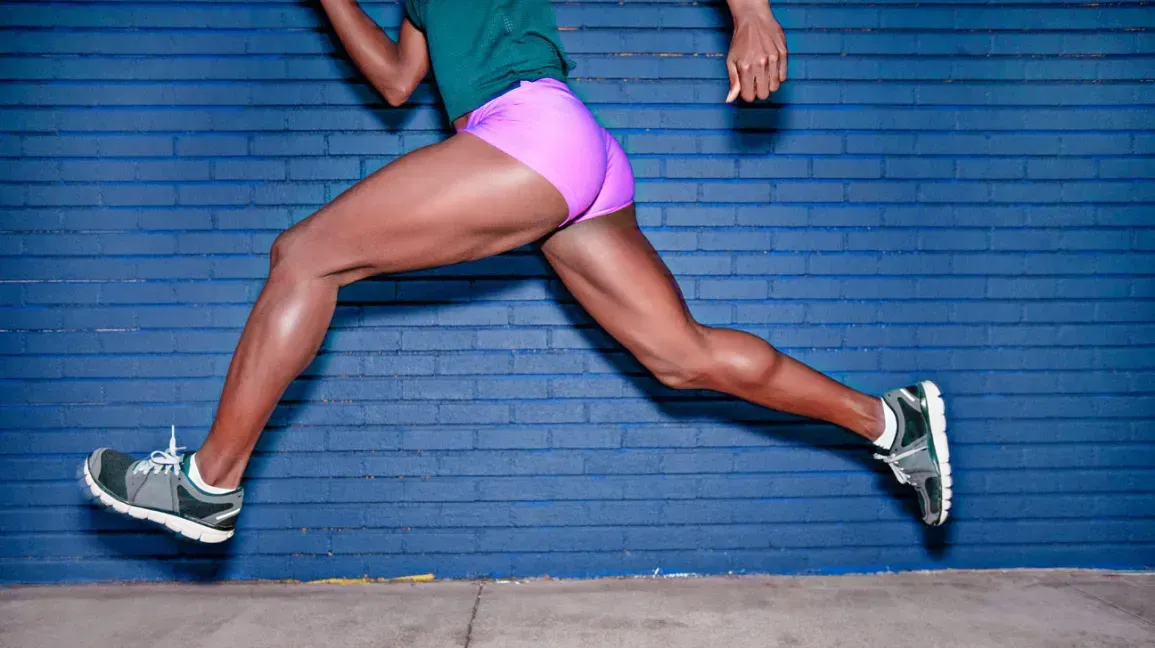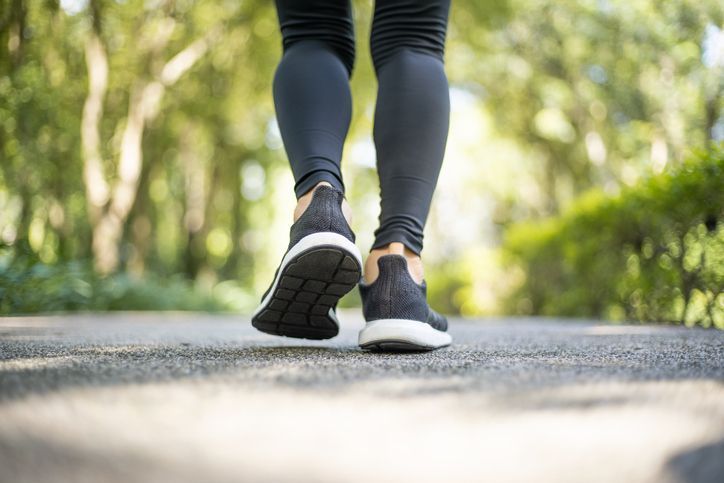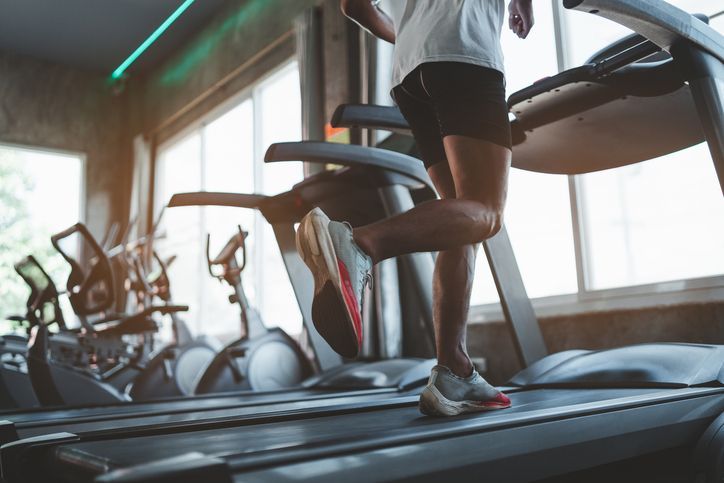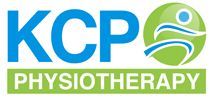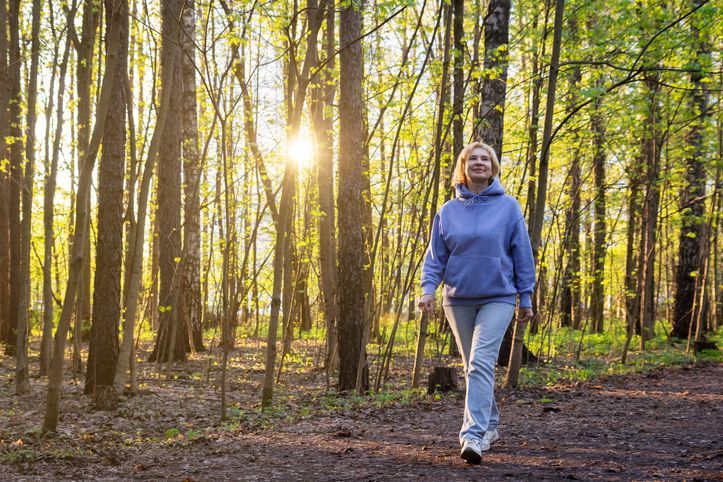LIZZIE’S THREE EXERCISES FOR PREVENTING HAMSTRING INJURIES IN SPORTS PLAYERS:
- BOOTY BAND WALKS AS SEEN ON ADAM MEAKINS “The Sports Physiotherapist” (https://thesports.physio):
- For all three of these exercises you’ll need either a blue or black resistance band/theraband depending on how strong your glutes already are.
- The best place for these exercises at home is in your hallway because you’ve got room to go up & down.
- The best place for these exercises at home is in your hallway because you’ve got room to go up & down.
- THE CRAB WALK:
- In your hallway stand side-on & tie the resistance band around your ankles.
- Stand in a semi-squat with feet just wider than hip width apart (you don’t need to be in a full squat but your knees need to be bent & they need to stay that way the whole time
- Now step sideways down the hallway while remaining in the semi squat the whole time.
- Do 10 steps to the left, then 10 steps to the right, rest for 30secs & repeat three times.
- VIDEO FROM ADAM MEAKINS:
- https://www.youtube.com/watch?v=JDHiqwItrsM&feature=youtu.be
- THE WALTZ WALK:
- In your hallway stand front-on & tie the resistance band around your ankles.
- Stand in a semi-squat with feet just wider than hip width apart (you don’t need to be in a full squat but your knees need to be bent & they need to stay that way the whole time).
- Now bring one foot in towards the other & then push out & forward on a 45 deg angle, then repeat these steps with the other leg.
- Do 10 steps forward, then do 10 steps backwards in the same fashion, rest for 30secs & repeat three times.
- VIDEO FROM ADAM MEAKINS:
- https://www.youtube.com/watch?v=JzGBo_oeS40
- THE PEED PANTS WALK:
- In your hallway stand front-on & tie the resistance band around your ankles.
- Stand in a semi-squat with feet just wider than hip width apart (you don’t need to be in a full squat but your knees need to be bent & they need to stay that way the whole time).
- Now stand up on tip toes while maintaining the semi squat (you don’t need to be up high on tip toes but heels need to be off the ground). Now step one foot forward at a time.
- Do 10 steps forward, then 10 steps backwards in the same fashion, rest for 30secs & repeat three times.
- VIDEO FROM ADAM MEAKINS:
- https://www.youtube.com/watch?v=wJaXqyXKXdU
Now you’re probably wondering why I’ve picked a predominantly glute exercise to prevent a hamstring injury. The reason for this is that I often find that hamstring injuries occur as a result of weak glutes as opposed to tight hamstrings. Your glutes are the main muscle responsible for getting you sprinting & if for some reason they’re not strong enough & you have to repetitively sprint, i.e. in virtually any sports game, & they fatigue, other muscles kick in to help do the work the glutes are meant to be doing; namely the hamstrings. The hamstrings aren’t designed for this type of work, so quickly fatigue & eventually pull/tear/tighten as a result.
2. HILL SPRINTS:
- This is as simple as it sounds:
- Find a small hill 50-80m.
- Sprint up it.
- Walk back down.
- Repeat 10-20x depending on fitness.
- Obviously don’t just crack straight into this do a light 10min jog to warm up & then do some dynamic stretches, & then you’re ready to get going.
Again, you’re probably wondering how this helps with hamstrings. I too often see sports players sprinting with a very upright posture, especially rugby players. Not only does this put lots of pressure on your lower back, but it puts you into an incorrect position to be able to activate & engage your muscles correctly for an effective sprint. This means you’re sprinting slower than you could be & your muscles are more likely to get injured because they’re not able to work correctly. I’ll attach a video of an Olympic sprinter so that you can see what I mean they lean forward to gain momentum, & enable their glutes, hamstrings & then calves to activate in the correct pattern, in fact they start completely bent over in the blocks & only stand more upright at the end in order to SLOW down.
3. ECCENTRIC/NORDIC HAMSTRING CURLS:
- This is only exercise of my three that is directly a hamstring exercise.
- The eccentric part of an exercise is generally always the hardest part & you gain the most strength from doing it hence why it’s important.
- If you unsure what the eccentric part of an exercise is, it’s the bit when your muscle is actually LENGTHENING against resistance, as opposed to the concentric part, which is when the muscle is SHORTENING.
- E.g., when you’re doing a bicep curl when you’re lifting the weight up to your shoulder your muscle is shortening, & when you’re slowly letting it come back down against the resistance of the weight + gravity your muscle & tendon are lengthening- this is the eccentric bit- which is why it’s important to do this part of the exercise slowly as you actually gain more strength that way.
- Now a Nordic/eccentric hamstring curl involves lengthening of the hamstring muscle & tendon against resistance.
- You need to kneel on the ground & get someone to hold onto your calves to keep them on the ground or tuck your feet under something heavy to keep them down.
- Next you need to slowly lower your tummy & chest down towards the ground in one motion trying to get as close as possible to the ground before putting your hands out to touch the ground.
- Then go back to the starting position and repeat three to five times before having a minute rest & repeating another three times.
- Eventually you might be able to do up to 10 in a row but initially start off with less because you’ll definitely feel it!
- VIDEO FROM YOUTUBE:
- https://www.youtube.com/watch?v=qPRZcNx_C0A
So, the reason this exercise is important for preventing hamstring injury in sport (apart from obviously strengthening the hamstring), is that often hamstring injuries actually occur when people are trying to decelerate in sport i.e., sprinting to try & tackle a player in rugby who’s run away & they try to step you so you have to stop quickly to try change direction. This action of stopping is an eccentric action for the hamstring, it has to lengthen quickly & strongly against the opposing force of the quadriceps on the other side of the thigh in order to cause the player to stop, so if you don’t have good eccentric strength tears often occur at this point.
